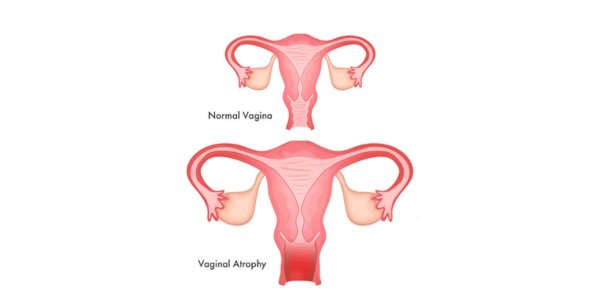Vaginal Atrophy
Vaginal Atrophy: Understanding Its Causes and Care
Vaginal atrophy, also known as genitourinary syndrome of menopause (GSM), refers to the thinning, dryness, and inflammation of vaginal tissues that occur when estrogen levels drop. While it most commonly affects postmenopausal women, it can also appear after childbirth, during breastfeeding, or as a result of hormonal treatments.
The condition can lead to discomfort during intercourse, reduced lubrication, burning sensations, and even urinary symptoms. Despite its prevalence, vaginal atrophy remains a topic many hesitate to discuss—yet open communication about it is essential for sexual well-being and quality of life.
Why Vaginal Atrophy Matters for Sexual Health
Vaginal atrophy doesn’t only affect physical comfort—it can also influence emotional intimacy. Pain during intercourse, dryness, or loss of elasticity can create anxiety or avoidance, impacting confidence and connection between partners.
For couples, addressing vaginal atrophy means more than treating symptoms—it’s about restoring intimacy and comfort. Today, various treatments help rebuild moisture, elasticity, and pleasure, allowing partners to continue enjoying a fulfilling sex life.
Common Triggers and Prevention
The main cause of vaginal atrophy is estrogen decline, but other triggers may include:
-
Long-term use of birth control pills
-
Smoking or excessive alcohol use
-
Certain cancer treatments
-
Lack of regular sexual activity (which can reduce blood flow and elasticity)
Preventive care includes gentle vaginal moisturizers, lubricants during intimacy, and, when prescribed, low-dose estrogen therapy. Open discussion with healthcare providers helps tailor safe, effective solutions.
FAQ
How do you know if you have atrophy?
Common signs include vaginal dryness, itching, pain during sex, and a burning feeling. Some may also notice urinary discomfort or frequent infections.
What triggers atrophy?
It’s mainly caused by reduced estrogen levels due to menopause, but it can also result from breastfeeding, medications, or cancer treatments that affect hormones.
How to fix vaginal atrophy?
Treatments include vaginal moisturizers, lubricants, and topical estrogen creams. Some women use laser therapy or hormone replacement under medical supervision.
What age does atrophy start?
It typically begins after menopause, around ages 45–55, though it may appear earlier if estrogen levels drop due to health conditions or certain medications.
Can atrophy go away?
With proper treatment, symptoms can greatly improve or disappear. However, continuous care is often needed to maintain vaginal health and comfort.
What foods help atrophy?
Foods rich in phytoestrogens, such as soy, flaxseed, and chickpeas, may support hormone balance. A diet with healthy fats and hydration also helps tissue health.
What is the life expectancy of atrophy?
Vaginal atrophy isn’t life-threatening, but it’s a chronic condition that persists without treatment. Long-term care ensures lasting comfort and sexual wellness.
















